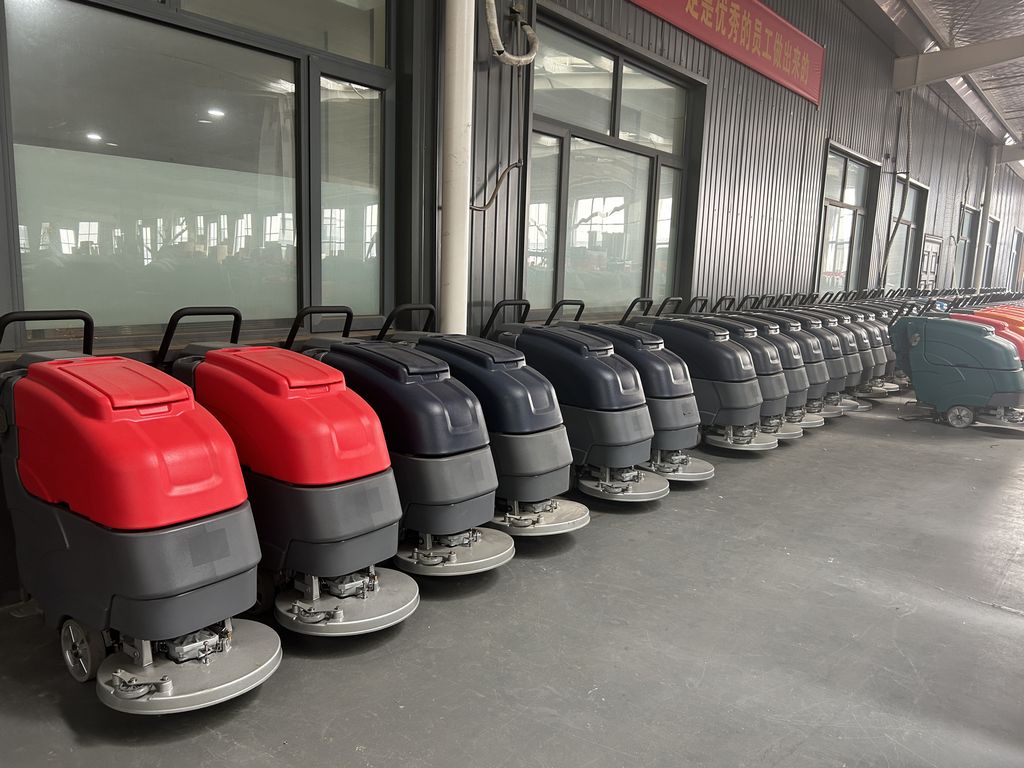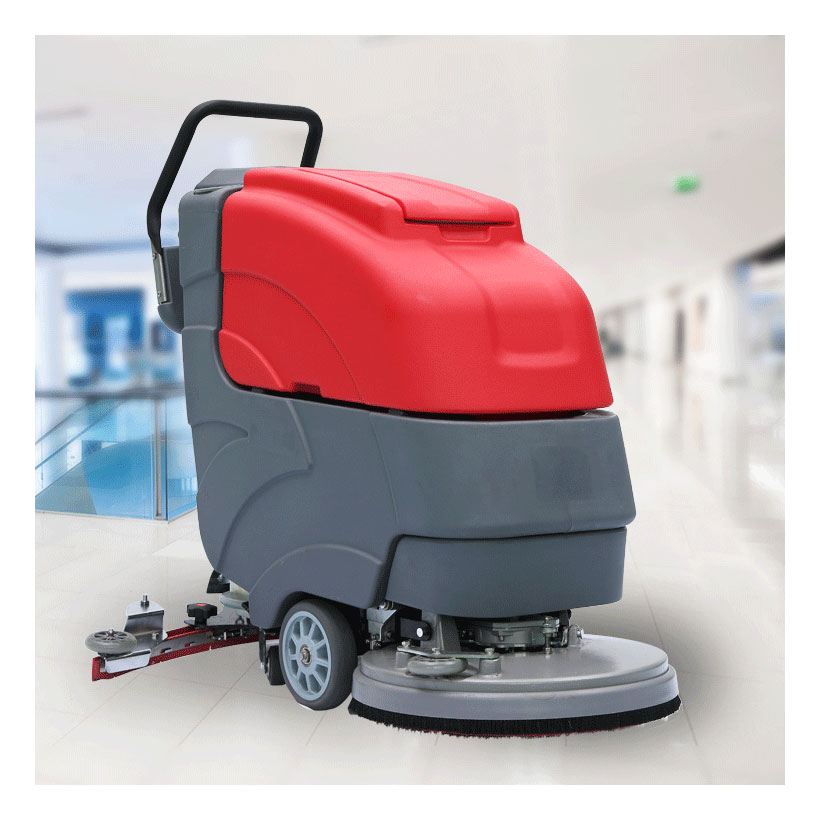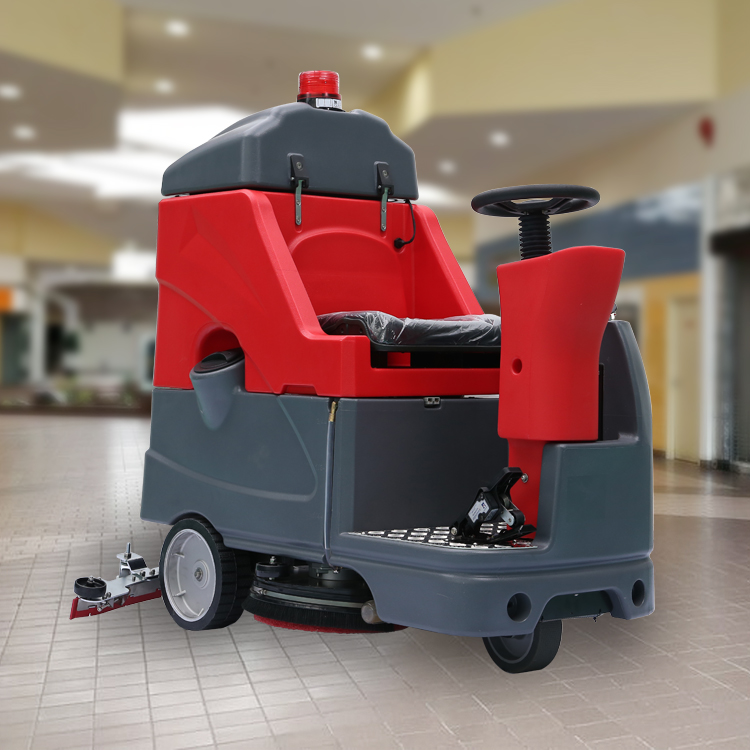
Let me tell you about the time I tried cleaning a 20,000 sq ft warehouse with a mop bucket. My back still hurts thinking about it. That’s when I realized – if you’re running an industrial space, you shouldn’t wrestle with outdated tools. Enter the industrial walk behind floor scrubber, the unsung hero of facility maintenance.
These machines aren’t your grandma’s cleaning gadgets. Designed for heavy-duty spaces like factories and distribution centers, industrial walk-behind scrubbers combine power with surprising maneuverability. I recently tested one at a local auto parts warehouse, and let’s just say the staff threatened to hide it from me when I tried to return it. The difference between scrubbing floors manually versus using professional equipment? Like night and day.
Here’s what most people get wrong: they assume all floor scrubbers are created equal. Wrong. A true industrial walk behind floor scrubber comes with features like reinforced brushes that can handle concrete textures, chemical-resistant tanks, and battery life that lasts through double shifts. The model I worked with had this nifty “eco-mode” that saved 30% on water usage – perfect for facilities aiming to reduce their environmental footprint.

Maintenance is easier than you’d think. Change the squeegee blades every 6 months, keep the brine solution tank clean (that’s the part most folks forget), and you’re golden. Oh, and pro tip: always check the scrubber’s turning radius before buying. Some models require more space to pivot than a semi-truck, which doesn’t work well in cramped storage areas.
Now, about that “walk-behind” part – it’s not as physically demanding as it sounds. Modern versions have ergonomic handles and adjustable speed settings. The best ones even let you control scrubbing pressure on-the-go. I met a facility manager last month who cut her floor cleaning time by 60% after switching to a walk-behind system. Her team now uses those saved hours for inventory management, proving good equipment pays for itself in unexpected ways.
Let’s talk cost. Yes, the upfront investment stings a bit, but compare that to weekly outsourced cleaning bills. Many suppliers offer lease-to-own options these days. One company I consulted slashed their annual cleaning budget by $18k after purchasing their own scrubber. Just make sure to get a machine with replacable parts – you don’t want to junk the whole unit because a $15 sensor fails.
Coffee break thought: Isn’t it wild how we’ll spend thousands on fancy tech but cheap out on the tools that actually keep our workplaces functional? A reliable industrial floor scrubber might not be Instagram-worthy, but it’s the kind of workhorse that keeps operations smooth. The warehouse crew might not thank you for it, but their knees (and your profit margins) certainly will.
When choosing your scrubber, prioritize battery life over fancy features. A machine that dies mid-shift is just an expensive paperweight. Look for models with at least 4 hours of continuous runtime. And don’t fall for the “bigger is better” myth – compact units often outclean bulky competitors in tight spaces. Last month, a client insisted on getting the largest scrubber available, only to discover it couldn’t navigate around their packed shelving units. Measure twice, buy once.
Here’s where people mess up maintenance: using the wrong cleaning solution. Always match your chemicls to both your floor type and the machine’s specifications. That $10 floor detergent from the discount store? It might be clogging your scrubber’s filters right now. Stick to manufacturer-recommended solutions – your warranty depends on it.

Looking ahead, some scrubbers now come with IoT capabilities. Imagine getting real-time usage data sent to your phone! While these smart models cost 15-20% more, they’re worth considering for multi-shift operations. One bakery owner I know uses connectivity features to track which areas get the most foot traffic, helping him optimize both cleaning schedules and staff deployment.
Final thought: In our rush to automate everything, we sometimes overlook the tools that deliver immediate ROI. An industrial walk-behind scrubber won’t replace your workforce – it’ll empower them. Clean floors reduce slip hazards, boost morale, and yes, even impress clients during site visits. Next time you’re staring at those endless concrete aisles, ask yourself: is my current cleaning method stuck in the Stone Age?

